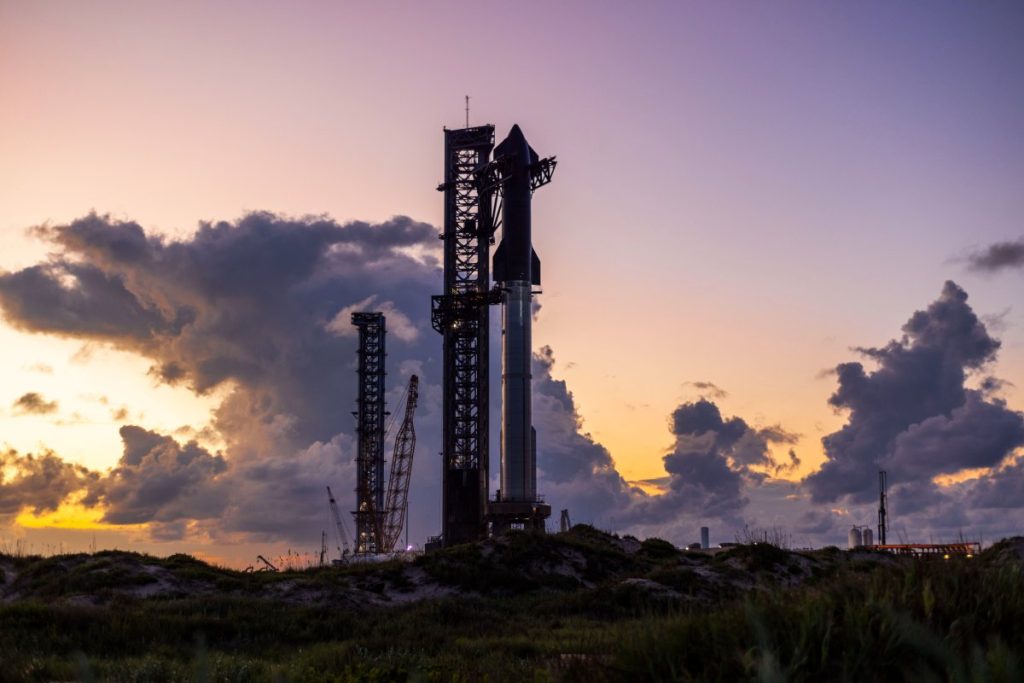SpaceX is significantly ramping up its Starship test flight program, with the next rocket launch expected to demonstrate payload deployment for the first time.
The payload in question will be 10 Starlink “simulators” that will be similar in size and weight to the next-generation satellites that SpaceX plans to use Starship to put into space. These model spaceships will travel in the same trajectory as the upper stage, which is also called the Starship, and splash down in the Indian Ocean.
The operational version of these satellites, called V3, will likely be the first real payloads the Starship flies. Indeed, bringing Starship online is the linchpin of SpaceX’s plans to deploy its Starlink satellite constellation faster and lower costs per satellite launched. SpaceX currently launches Starlink using its Falcon 9 rocket, but the next-generation V3 satellites are expected to be much heavier than the current V2 Mini spacecraft. Thanks to Starship’s incredible payload capacity, SpaceX has said it plans to deploy 60 V3 satellites for each Starship launch, which will add 60 terabits per second of capacity to the Starlink network.
Per satellite, this equates to more than 10 times the downlink capacity and 24 times more than the V2 Mini satellites.
In a blog post ahead of the launch of the seventh test, which is expected later this month, the company said it is also introducing a number of improvements to the missile. These include improvements to the propulsion system, avionics and heat shielding, which SpaceX says will increase reliability and performance. During this test, SpaceX will also attempt to “capture” the Super Heavy booster, a feat the company first accomplished during the fifth test in October.


